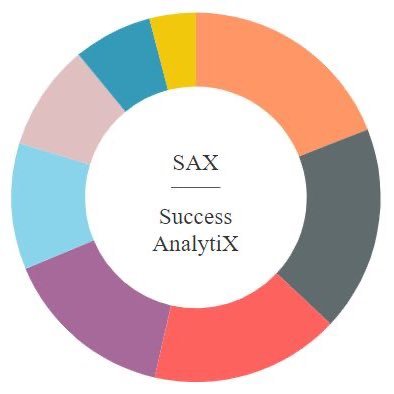Verbs are action words! They tell us what someone or something is doing.
Here's a breakdown to help you understand them:
Types of Verbs
-
Action Verbs: These verbs describe actions, like run, jump, eat, sleep, write.
- Examples:
- The dog ran after the ball.
- She eats an apple every day.
- Examples:
-
Linking Verbs: These verbs connect the subject to a word that describes or identifies it. Common linking verbs include be, become, seem, appear, feel.
- Examples:
- He is happy. (Connects "He" to "happy")
- The sky appears cloudy. (Connects "sky" to "cloudy")
- Examples:
-
Helping Verbs: These verbs work with main verbs to create verb phrases. Common helping verbs include be, have, do, can, will, should.
- Examples:
- I am going to the store. ("am" helps "going")
- She has finished her homework. ("has" helps "finished")
- Examples:
Verb Tenses
Verbs also change form to show when an action happened:
- Present Tense: Describes actions happening now. (e.g., "I walk to school.")
- Past Tense: Describes actions that happened in the past. (e.g., "I walked to school yesterday.")
- Future Tense: Describes actions that will happen in the future. (e.g., "I will walk to school tomorrow.")


No comments:
Post a Comment